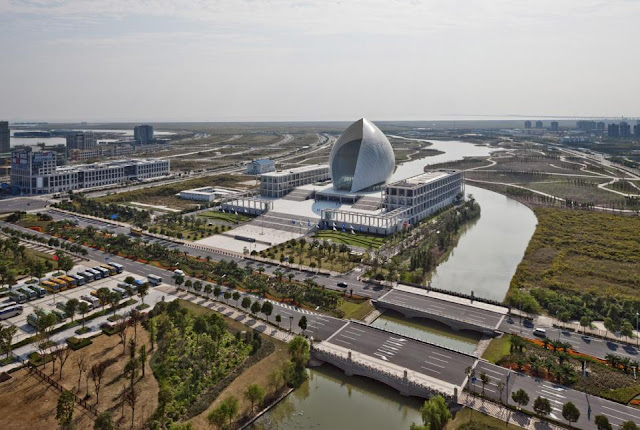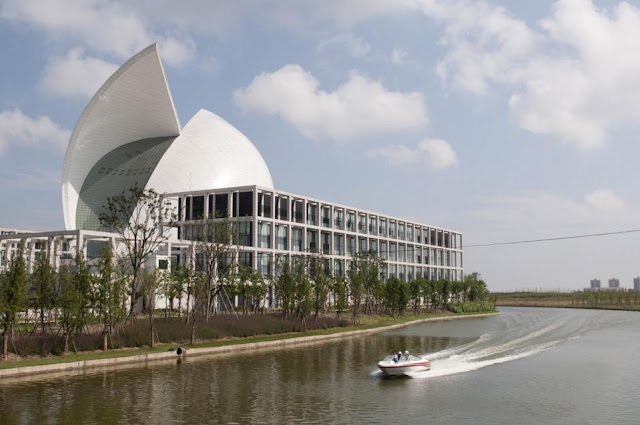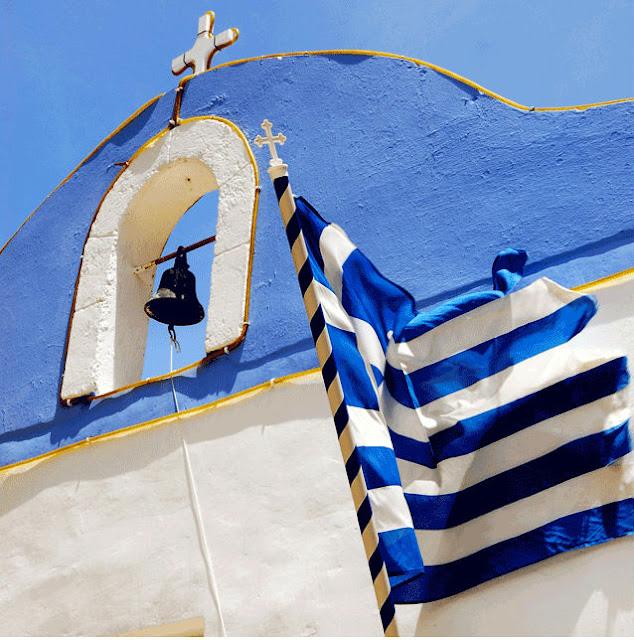by Michael Balaroutsos architect.
Kastelorizo or Megisti-Hellas (Greece)
source video Kevork7
Again life is like the ANCIENT GREECE, reappear in this tiny fairy isle.
All islets in the Aegean Sea are the guardians of the ancient Greek heritage. As noted in another similar island of Symi, so here the architecture reviving the life IN ANCIENT GREECE, through the style of buildings, colors, manners and customs, but also the behavior of the inhabitants themselves of the island. Argiris Zafeiridis is a good friend of mine from the same city, that being the profession of teacher, likes to practice the hobby of photography as a thoroughbred professional with truly high standards, commensurate of famous photographers.
Recently visited Kastelorizo, immortalized great photos of the fairy island, which with great pleasure and honor to introduce to the delights of blog readers.
About the Island of Kastelorizo or MegistiAt the south easternmost edge of Greek dominion, spreads out the calm and beauty of Kastellorizo.
The islands lies 72 miles east of Rhodes, 328 nautical miles from the port of Piraeus and only 2 kms from the Turkish coastline.
Its total surface is 9 sq. kms, its coastline is 19 kms and it has a population of 450 inhabitants.
On this small island that beholds a glorious past, you will truly feel you are standing right on the trade crossroad of Europe and Asia, as the Asian coastline is only 2 nautical miles away.
Kastellorizo is an island with a rich nautical tradition that explains the noble air about the island that reflects its part glory and prosperity.
Kastellorizo is the harbor and only settlement of the island and it is said that it is the best natural port of the Mediterranean.All of the islands inhabitants are gathered here, in the little districts of Pigadia,Chorafia and the little picturesque port of Mandraki.
The painted in vivid colors two and three story renovated mansions, spread along the harbourline offering an unrivalled amongst other islands beauty.
Just behind them lies an impressive red rock that gave the island its actual name (Castello Rosso, Castellorizo).
History
The small but historic little island of Kastellorizo was called Megisti in ancient times after its first settler Megisteas. The island was inhabited since the Neolithic and meso-minoic times. Then the Dorians settled there, as they did on all the Dodecanese islands.
Τhe island had its own civilization, judging from the ancient findings, the inscriptions, tombs, walls and the remains of the temple of Apollo Megisteas whose worship was wide spread on the island as well as on the nearby coasts of Asia Minor. For example in Patara, a temple of supreme beauty with a statue of the god was built to honor him.
Megisti took part in the Trojan War along with the other Dodecanese islands and being an ally of the Athenians helped them in their battles against the Persians.
The island was conquered by the Romans, the Byzantines and then in 1306 by the Knights of St. John of Rhodes who built the castle with its tall twin walls and loopholes, making it one of the strongest fortresses of the Aegean Sea.
Since then, Megisti changes its name into the foreign word of Kastellorizo which derives from the words Castello-Rosso because of the red-colored rocks on which the castle was built.
The conquering of the island continued from 1440 to 1522 consequently by the Egyptians, the Franks and the Turks.
Megisti was subjected to the resistance of the Turkish dominion without resistance and in return only paid an annual tax (maktou) and maintained the freedom of religion, language and national traditions.
At that time, its merchant fleet had a prominent place among the merchant shipping of the Dodecanese.
Unfortunately a new raid stopped the progress. In 1659 the Venetians seize the island but the Turks take it back - the heroic Lambros Katsonis will free the island in July 1788.
During that period of time the island’s merchant fleet was very strong and the little island enjoyed its greatest prosperity.
The famous aqua colored cave of Kastellorizo is one of the rarest geological phenomena and one of the most amazing formations on earth; Kastellorizo is worth visiting just for this cave.
Also known under the name of “Parastas Cave” or “Fokiali” - due to the seals (fokia in Greek) that live inside it - it is the largest and most beautiful caves of Greece while it is also considered to be the most phantasmagoric cave of the Mediterranean Sea.
It is situated at south of the island, it is 75m long (inside), 40m wide and 35m high, and the entrance has the height of a small boat that can just pass through the mouth when the sea is calm at dawn.
The calm waters of the cave look like an immense blue-green mirror with plenty of iridescence, which seems to illuminate this enormous fairy-like palace, the numerous stalactites and the thousands of wild pigeons, with various colors.
source video Kevork7
"...This little known underwater cave is one of the largest in the Mediterranean Sea, often visited by sea lions native to these waters. Kastelorizo being one of the smallest Greek islands is known more to sailors than to the general traveler but if you do find yourself on this charming island a visit to the "Blue Grotto" is a must...."













